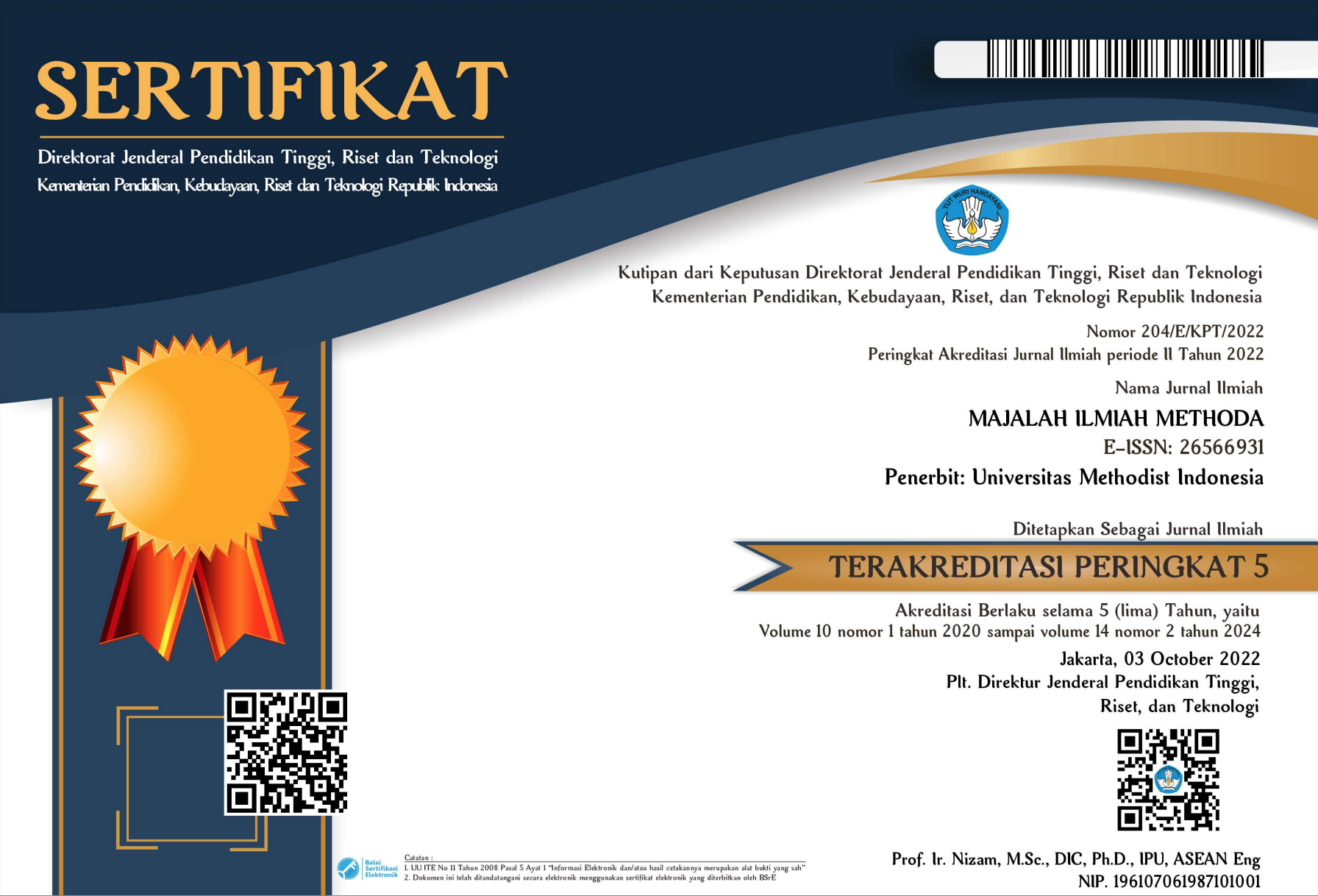ESTIMASI BEBAN GLOBAL SKABIES BERDASARKAN GLOBAL BURDEN OF DISEASE 2015
Keywords:
Scabies, Global, Burden, Cross-sectional, Analysis, DALYsAbstract
Numerous population-based studies have documented high prevalence of scabies in overcrowded settings, particularly among children and in tropical regions. Thus, a research has done by Karimkhani et al. providing an estimate of the global burden of scabies using data from the Global Burden of Disease (GBD) study 2015. The methods that had been used in the research including identification scabies epidemiological data sources with a Bayesian meta-regression modelling tool, DisMod-MR 2.1, to yield prevalence estimates. Combination of prevalence estimates with a disability weight, measuring disfigurement, itch, and pain caused by scabies, to produce years lived with disability (YLDs). With an assumed zero mortality from scabies, YLDs were equivalent to disability-adjusted life-years (DALYs). They estimated DALYs from 195 countries divided into 21 world regions, in both sexes and 20 age groups, between 1990 and 2015. The findings showed that scabies was responsible 0.21% of DALYs from all conditions studied by GBD worldwide. The world regions of East Asia (age-standardised DALYs 136.32), Southeast Asia (134.57), Oceania (120.34), tropical Latin America (99.94), and south Asia (69.41) had the greatest burden of DALYs from scabies. Mean percent change of DALY rate from 1990 to 2015 was less than 8% in all world regions, except North America, which had a 23.9% increase. The five individual countries with greatest scabies burden were Indonesia (age-standardised DALYs 153.86), China (138.25), Timor-Leste (136.67), Vanuatu (131.59), and Fiji (130.91). The largest standard deviations of age-standardised DALYs between the 20 age groups were observed in Southeast Asia (60.1), Oceania (58.3) and East Asia (56.5), with the greatest DALY burdens in children, adolescents, and the elderly. It was concluded that the greatest burden of scabies is greater in tropical regions, especially in children, adolescents, and elderly people. As a worldwide epidemiological assessment, GBD 2015 provides broad and frequently updated measures of scabies burden in terms of skin effects. These global data might help guide research protocols and prioritisation efforts and focus scabies treatment and control measures.










